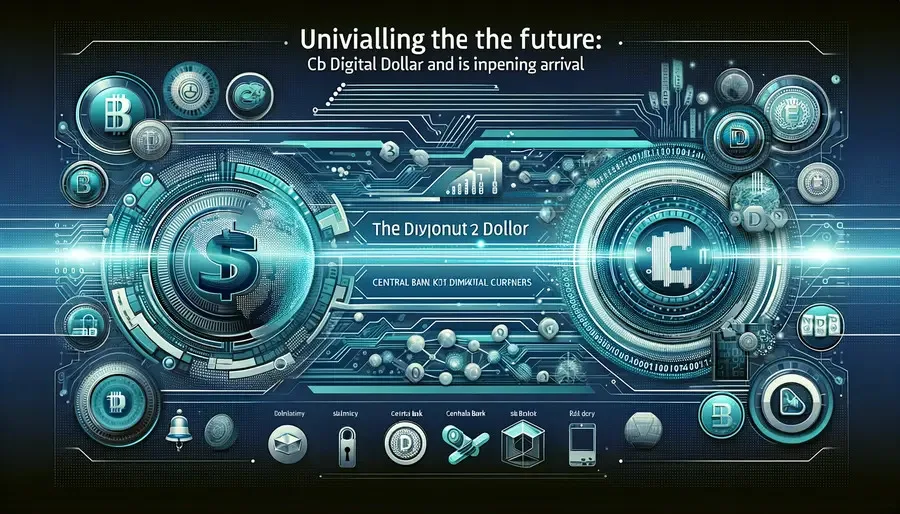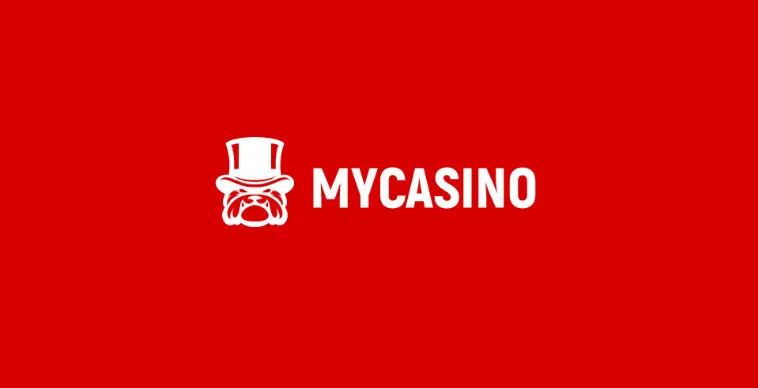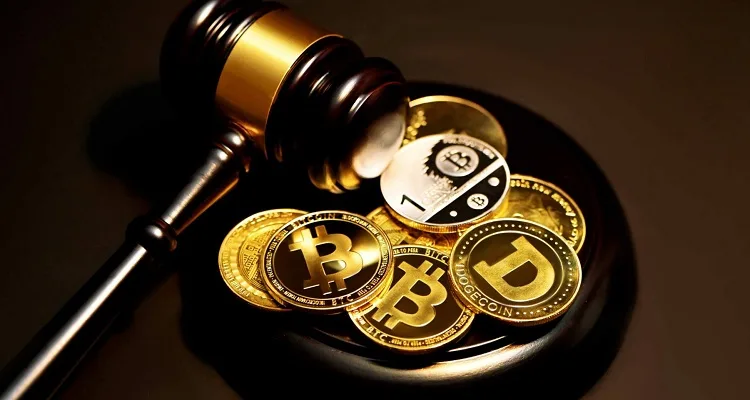
Unveiling the Future: The Digital Dollar (CBDC) and Its Impending Arrival
In the rapidly evolving world of finance, the concept of Central Bank Digital Currencies (CBDCs) has emerged as a revolutionary step forward. With the digital economy expanding at an unprecedented pace, the idea of a digital dollar has sparked widespread interest and speculation. This article delves into what a digital dollar entails, its distinctions from traditional currency, and the regulatory landscape shaping its future.
What is CBDC?
A CBDC is a digital form of a country’s fiat currency, issued and regulated by the nation’s central bank. It’s designed to exist alongside traditional currencies, offering a digital alternative that combines the convenience of cryptocurrencies with the stability and regulatory framework of government-backed money. Unlike cryptocurrencies, which operate on decentralized networks, CBDCs are centralized, providing a new way for central banks to issue money in the digital age.
What is the difference between CBDC and traditional currency?
The primary distinction between CBDCs and traditional currency lies in their form and functionality. While traditional currencies exist in both physical (cash) and digital representations (bank deposits), CBDCs are exclusively digital. They aim to enhance payment efficiency, reduce transaction costs, and improve financial inclusion. Additionally, CBDCs could offer real-time settlement and greater transparency in transactions, characteristics that are less pronounced in conventional banking systems.
CBDC Regulation
The regulation of CBDCs is a critical aspect of their development and deployment. Central banks worldwide are meticulously designing regulatory frameworks to ensure that digital currencies foster financial stability, protect consumer privacy, and prevent illegal activities. The regulatory approach to CBDCs involves international collaboration to establish standards that accommodate cross-border transactions while respecting national sovereignty.

When can we expect the digital dollar to appear?
The timeline for the introduction of a digital dollar varies, with several countries in different stages of CBDC development and testing. In the United States, the Federal Reserve is actively researching the potential benefits and risks associated with a digital dollar, but a specific launch date remains uncertain. It’s likely that extensive pilot programs and public consultations will precede any official rollout, possibly positioning the digital dollar’s debut several years into the future.
How to buy a digital dollar first
Is USDT already a digital dollar or not yet?
USDT (Tether) is a type of cryptocurrency known as a stablecoin, pegged to the value of the U.S. dollar. While it serves a similar purpose in providing digital dollar exposure, it is not a CBDC and lacks the official backing of the U.S. government.
How to find out the digital dollar rate
Once launched, the digital dollar’s value will be equivalent to that of the physical U.S. dollar, maintaining a 1:1 peg. Information on the digital dollar rate and transactions will likely be accessible through designated central bank portals or authorized financial institutions.
Verdict
The advent of a digital dollar represents a significant milestone in the digitization of financial systems, promising to redefine monetary transactions in the digital era. As central banks navigate the complex landscape of CBDC development, the journey towards a digital dollar is both an exciting and cautious endeavor. Stakeholders must remain informed and adaptable, ready to embrace the opportunities and challenges that this new form of currency will bring.





